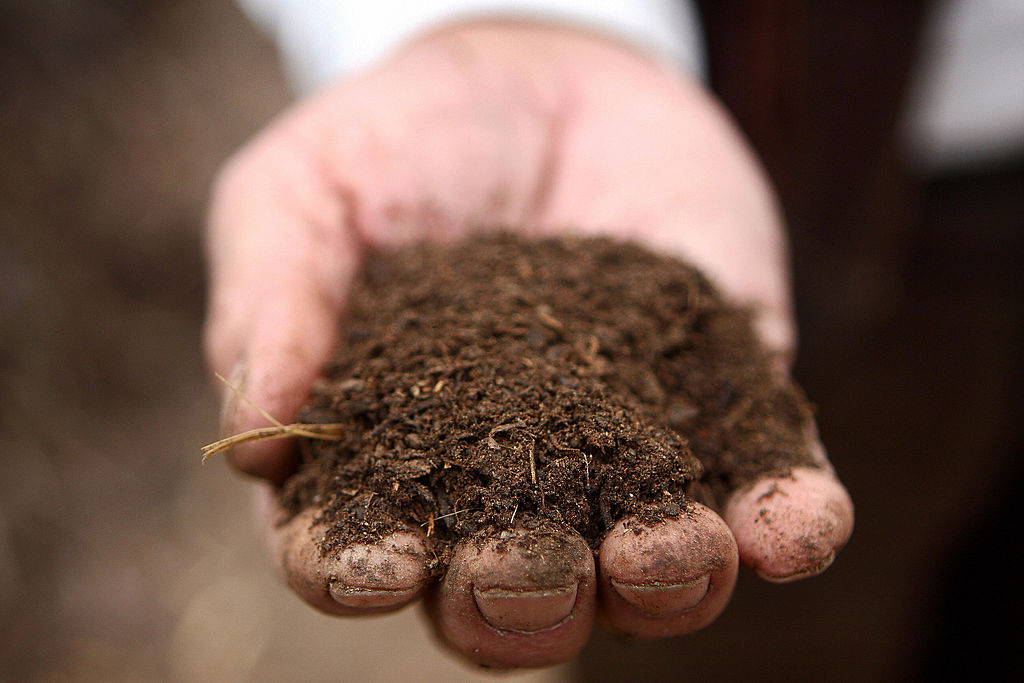The Buffalo Zoo has partnered with a local enterprise to turn surplus animal waste into a valuable compost product called “Zoo Poo.” This compost is created from animal waste and bedding that would otherwise end up in landfills. The waste collected for composting comes exclusively from herbivorous animals like bison, zebras, and rhinos, which are rich in nutrients. After nine to twelve months, the compost is ready for sale at various gardening centers throughout Western New York. Composting pet waste at home can also be advantageous for garden beds and lawn growth, but caution is essential. Cat waste may carry toxoplasmosis, and pet deworming treatments can harm compost worms.
At the Buffalo Zoo, they’ve come up with a unique waste management system that transforms excess animal poop into rich compost. This creative solution helps the zoo shrink its carbon footprint and contribute to a more eco-friendly environment.
Tackling Waste with Compost
Waste management is a massive challenge for zoos and wildlife parks, but the Buffalo Zoo has found an innovative way to deal with it. They convert animal waste into nutrient-dense compost using special composting equipment.
Why Composting Matters
The Buffalo Zoo’s composting program offers several benefits. First, it lowers their carbon footprint by reducing the need to transport waste to landfills, reducing greenhouse gas emissions. Second, the nutrient-rich compost is used throughout the zoo’s gardens and landscaping projects, nourishing plants and enriching the soil. This creates a beautiful, vibrant landscape for visitors to enjoy.
Going Green at the Zoo
The Buffalo Zoo’s commitment to sustainability is impressive. They source food from local vendors and use energy-efficient lighting to reduce electricity usage. Their composting program is just one of many green initiatives they’ve implemented.
By turning animal poop into compost, the Buffalo Zoo showcases its dedication to a sustainable future. Their efforts reduce their carbon footprint and contribute to the local ecosystem. This forward-thinking approach serves as an inspiration for other wildlife parks and zoos seeking inventive waste management solutions.

